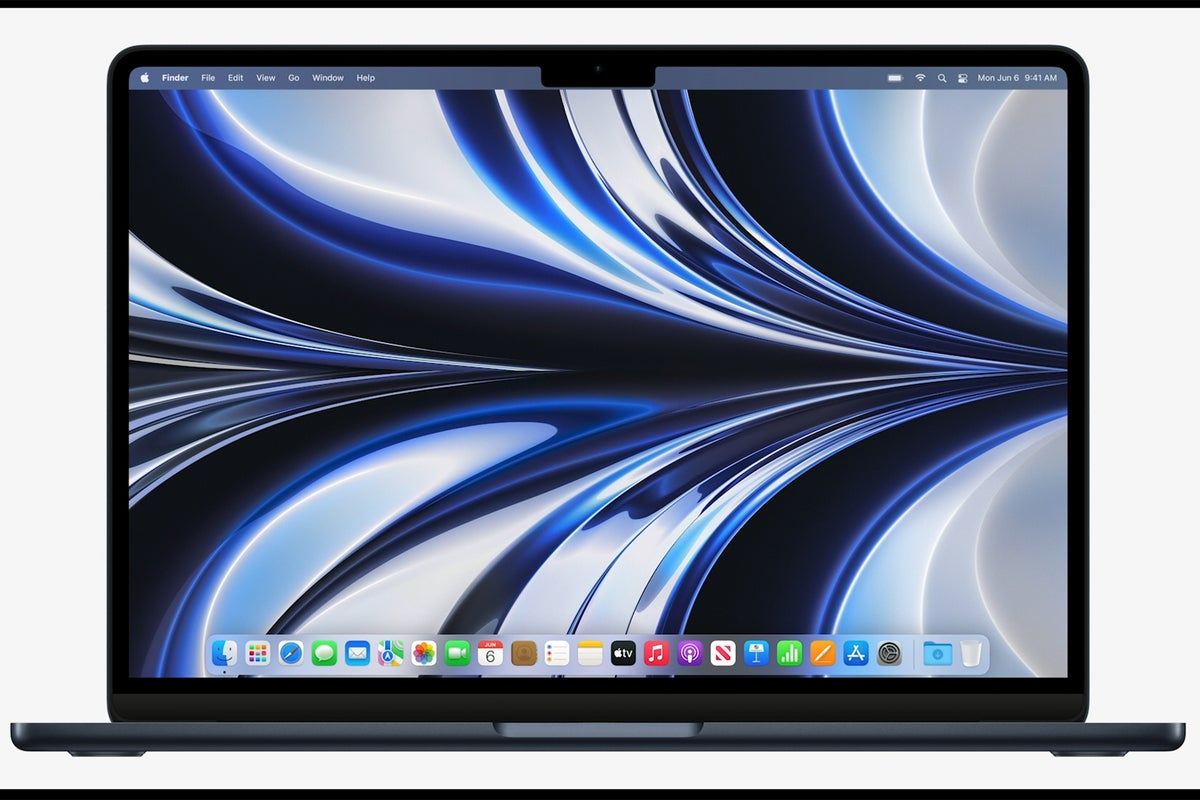As the dust settles on Apple’s iPhone 14 launch, get ready for the next big moment on the company’s calendar — the joint Mac and iPad introductions we now expect to take place in October. What do business leaders need to know?
What hardware is coming?
Apple may introduce a new breed of MacBook Pro equipped with M2 Pro chips, though some sources warn these may not appear until 2023. It's thought highly probable the company will introduce a new iPad Pro range, likely boasting an M2 chip, putting that machine on a par with the Mac.
The decision to narrow the gap between Mac and iPad reflects how Apple’s tablet has grown to become a viable PC replacement for many tasks. Business users, for example, have become much more comfortable leaving the laptop at home to work with an iPad when on the road. That the best iPads share the same processors as Macs underlines the complementary nature of both systems, and builds on the increasing popularity of the iPhone across business.
What’s the business appeal?
For business users, the integration between Apple’s computers, tablets, and mobile devices is a real draw. Apple’s move to craft its own chips has also enabled the company to build out a unique proposition based on processor speed.
The strategy also gives Apple something it didn’t have before. When the company was dependent on others, Intel or before that IBM and Motorola, for processors, it was constrained by the limitations of those manufacturers. Now in complete control of processor production, the company can optimize its systems to a degree competitors can’t easily match.
That’s great for Apple enthusiasts, but for enterprise purchasers it represents a clear and coherent strategy. The products work well together and business users considering a switch can see the depth of the company’s commitment to its platforms and a future road map for development. We already expect Apple will begin moving its platforms to 3nm chips starting in 2023, when the first M3 Macs (and, presumably if tablets remain in step) iPads appear.
Year by year, Apple is unleashing performance gains of around 20% across its entire range even as it makes equally significant improvements in energy efficiency. That Apple nurtures a powerful enterprise supporting ecosystem, including a thriving MDM market and regular annual software upgrades that deliver a solid sense of security to businesses considering upgrade. This is a coherent forward strategy more and more business users are prepared to buy into.
Where it counts: employee experience
Apple continues to provide technologies most workers would choose, if given the choice. We saw rapid expansion in Apple deployments during the pandemic as employers sought to support remote workforces.
The adoption of remote working also exposed security challenges, which Apple and its partners have put a lot of focus into in recent years. It is moving to secure a passwordless future, introduced powerful protection such as Managed Device Attestation, and has improved the Mac's own ability to protect itself from malware with powerful self-diagnosis and malware checking tools. These protections mount up.
Taking the leap
There are always bumps in the road. Economic uncertainty certainly exists. This is likely to blunt the achievement Apple has set up for itself in the last few years.
At the same time, the big advantages it has as it puts its Macs and iPads in a few lines on enterprise purchase orders reflect all the above.
That's why those occupying seats in the C-suites will be looking with interest at whatever it is that Apple announces next this fall, even as minds continue to wonder aboutt the company’s next big thing.
Please follow me on Twitter, or join me in the AppleHolic’s bar & grill and Apple Discussions groups on MeWe.






